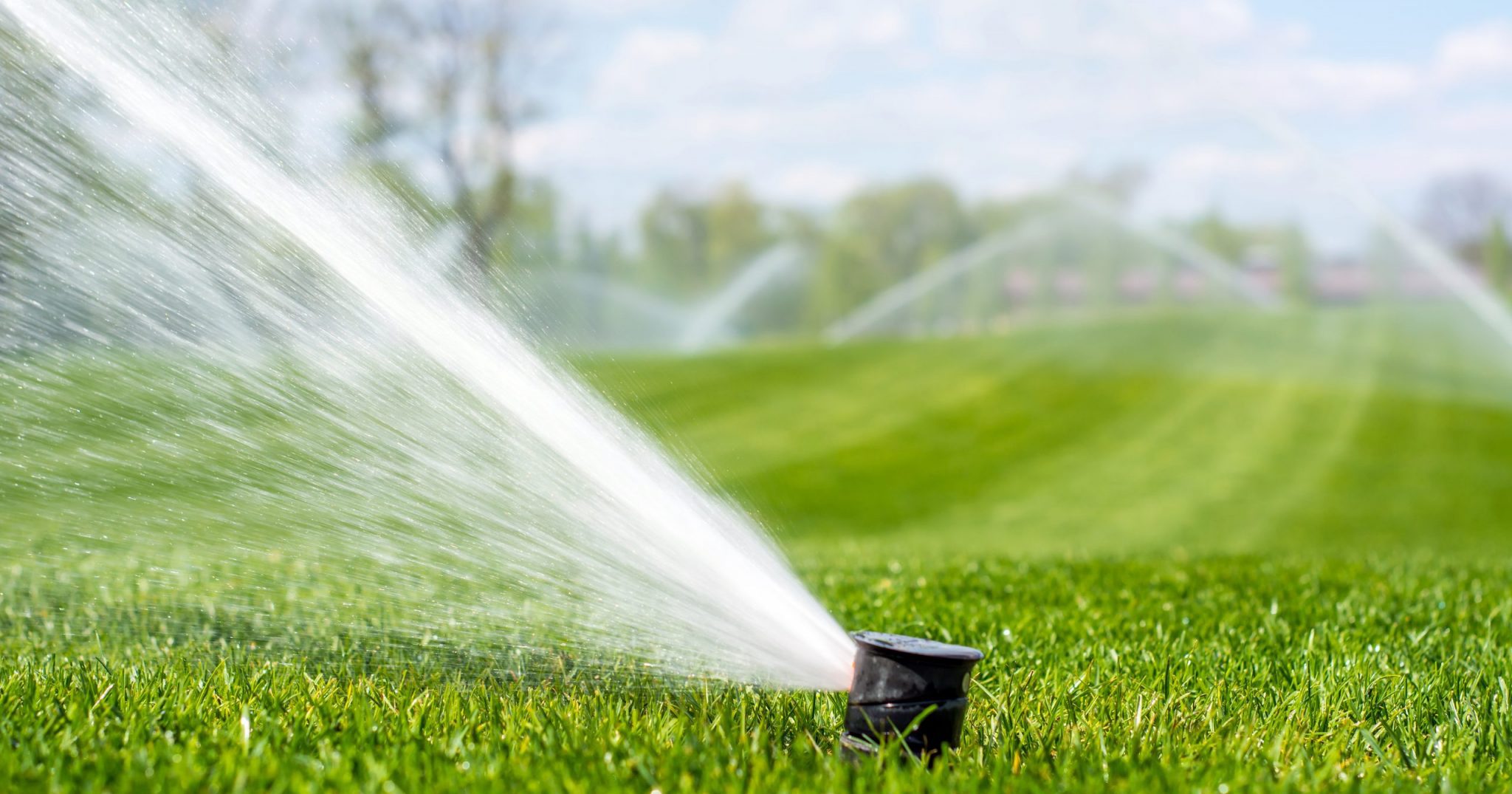It’s that time of year again. Golf course superintendents with warm-season turf are currently loading their sprayers for broadleaf and annual weed control with a non-selective herbicide or are planning to do so. You can ensure applications go smoothly by following these guidelines.
Assess Your Warm-Season Turf’s Dormancy
What is your turf’s current level of dormancy? Is it just going into dormancy? Is it in full dormancy, or is it coming out? You don’t want to spray herbicides on warm-season turf that is going into or coming out of dormancy. Warm-season turf is sensitive to herbicides, especially during those transition periods. If the turfgrass plant is not in full dormancy during the application, delayed green-up, injury, and even death could occur during the spring transition.
Physical Examination for Dormancy
Assess your turf’s dormancy by getting dirty. Dig down into the turf canopy and examine the crown, stolons, and leaf tissue for green. Please keep in mind that non-selective herbicides are going to kill any and all green and actively growing plants. A non-selective herbicide application is not recommended if you discover any sign of green tissue on bermudagrass or zoysiagrass. It’s also a good idea to avoid spraying when the turf is oversaturated due to heavy rain, is frozen, or rainfall is likely to occur within 24 hours of the application.
Use Tracker Dye or a Foam Marking System
Use a tracker dye or foam marking system to ensure that you’re applying the chemical accurately and evenly. Tracker dyes, like Super Signal Blue, will ensure no areas are missed or double sprayed. The tracker dye also alerts your crew and others to where the non-selective herbicide was sprayed, so they won’t walk or drive across these areas and track the herbicide. Tracker dyes typically dissipate within a week or so.
Utilize Adjuvants in Your Tank
Put an adjuvant in your tank. Adjuvants, like Border 2.0 and Chem-Stik LpH, will help control the droplet size and manage drift. This allows your non-selective herbicide to attach more uniformly to your target species and improves the overall performance of the herbicide.
Add a Pre-Emergent Herbicide to Your Tank
Add a pre-emergent herbicide, like oxadiazon or prodiamine, to your tank, especially if you plan on making spilt applications. You can think of this as killing two birds with one stone. You’ll save on labor, equipment, and fuel usage. The pre-emergent will not break down until microbial activity increases, so make use of your tank mix options. One great option is ArmorTech Kade 4L.
Wait and Watch Traffic
Ensure your non-selective herbicide has had enough time to dry on the plants before you allow any motorized vehicles or foot traffic in the area. Non-selective herbicides will track, and they can track onto non-target turf areas and cause damage.
Allow time for the herbicide to do its job. If you put down a moderate or medium rate of glyphosate, you’re probably looking at 10-21 days before you’re going to see results. Just be patient and give the herbicide time to work.
Calibrate
Don’t forget to ensure your sprayer is calibrated before you go out. Also, remember to follow label guidelines when considering rates and consider using the lowest rate possible to achieve your desired result.
Be cautious and patient during these applications! The cold temperatures can increase the time it takes for the herbicide to take effect. For more information on product selection for your dormant, warm-season turf, talk with your Advanced Turf sales rep. If you’re new to ATS, use our find a rep tool to get connected in seconds.






